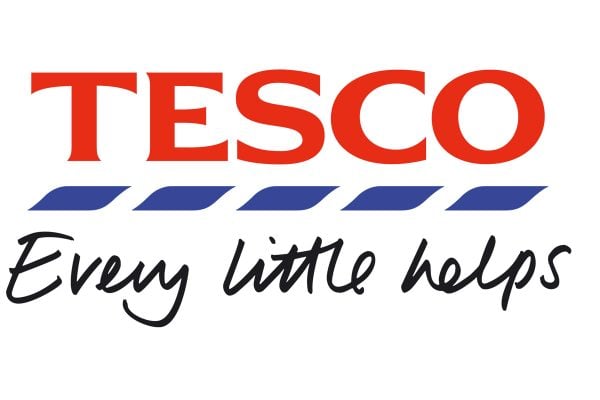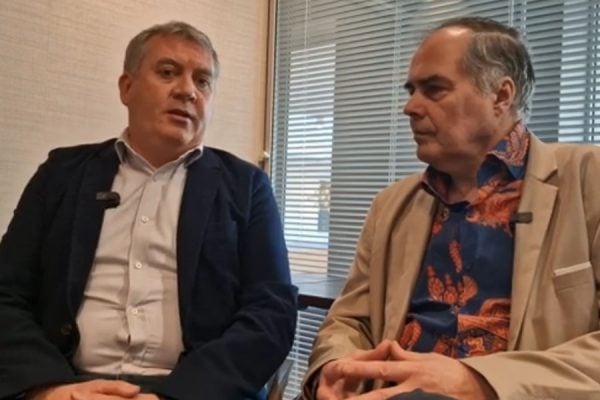Gareth Williams is Business Development Manager at MetaPack; he was previously Head of SME Business at MetaPack, and has also worked as an ecommerce manager (New Balance), a poet and a university lecturer. Today he talks about how the gap between ordering and delivery is a missed opportunity for many online retailers:
Why it is a mistake to make an online sale exactly the same as an offline one
 There have been fantastic leaps forward in making the consumer’s online experience extremely similar to the offline equivalent.
There have been fantastic leaps forward in making the consumer’s online experience extremely similar to the offline equivalent.
When one thinks of the old-fashioned way of purchasing something (i.e., walking into a “shop”, which I believe some people still actually do!) one sees a person entering the store, browsing, putting items in their shopping basket and then paying at the checkout (notice the familiarity of those terms?).
The traditional view of good customer service is where the proprietor of the shop recognises the customer and says something along the lines of “Good afternoon, Sir, how were the [items] you purchased last week, can I interest you in this [new item] that is proving very popular?” Of course, in the online world, this can be replicated by the judicial use of cookies, account history, and cross-sale inventory. Also, new breakthroughs such as “virtual fitting rooms” (like Fits.me) offer an even more refined consumer experience. All great so far; the consumer goes away happy, right?
Yes he does, but that’s far from the end of the story. In the traditional setting, as soon as the customer walks out of the shop with his goods under his arm, he ceases to be a customer; the transaction is over. However, in the online world, the customer has paid for his goods and leaves the store, but is still busy being a customer until his order is delivered to his home. This could be up to 10 days after the transaction has taken place.
It seems to me that an inordinate amount of retailer investment goes into the “order capture” portion of the transaction process (which might be as little as ten minutes of the consumer’s experience), and very little investment goes into the time afterwards, which is considerably more time, and during which the customer is no less a customer than before you took his money. He often sits at home waiting for his goods, maybe checking his email and texts for some kind of clue, or (heaven forbid) a tracking number. Or he would at least like to know his order has been received (I remember bitterly the time I ended up buying two iPods because I got no order confirmation from an unnamed e-tailer).
Anything you as a retailer can do to still treat your customer as a customer during that post-checkout phase is like giving a first-time customer a magic potion that turns them into a repeat customer.
In my experience, it is wrong to concentrate on fusing the online and offline experience. Instead, I would recommend concentrating on what makes these two channels so very different. By all means make the “order capture” experience as gratifying as possible, but ignore at your peril the part that only exists in the online world: fulfilment.









